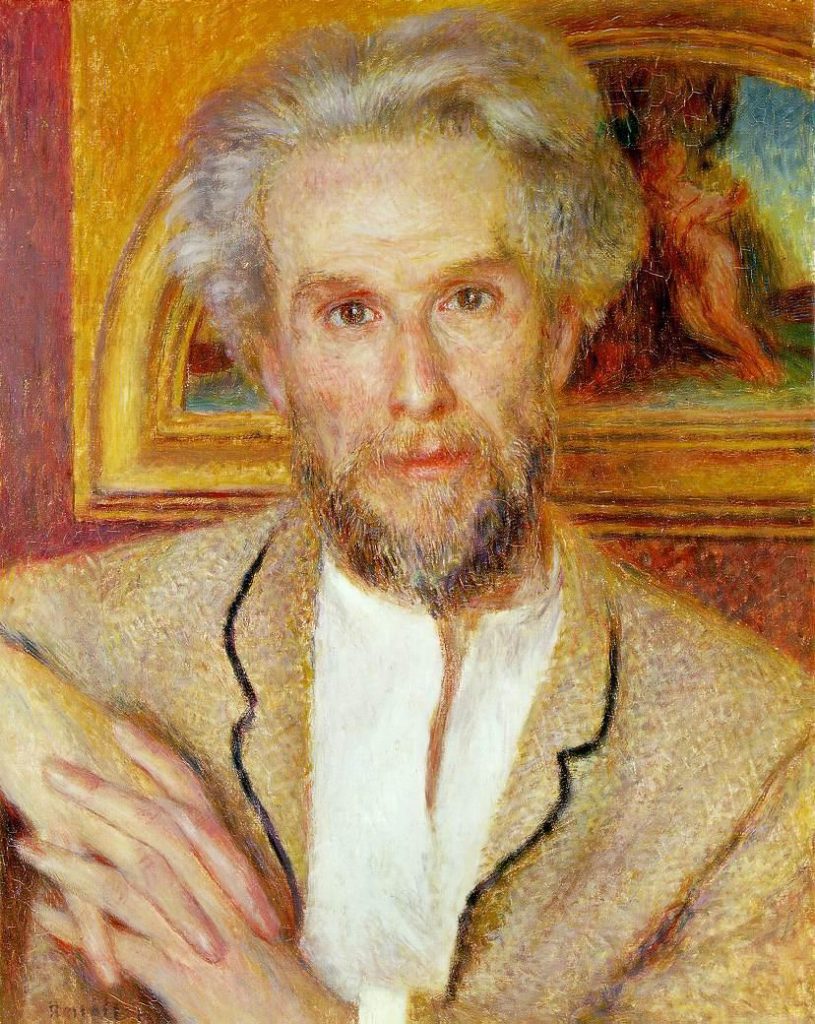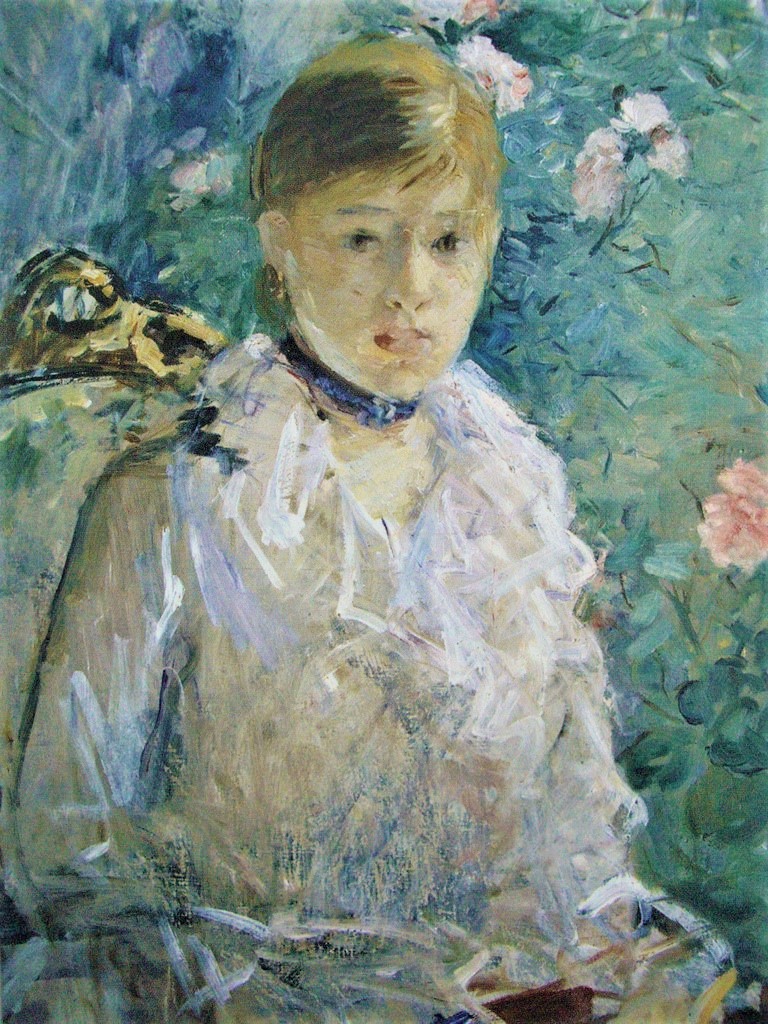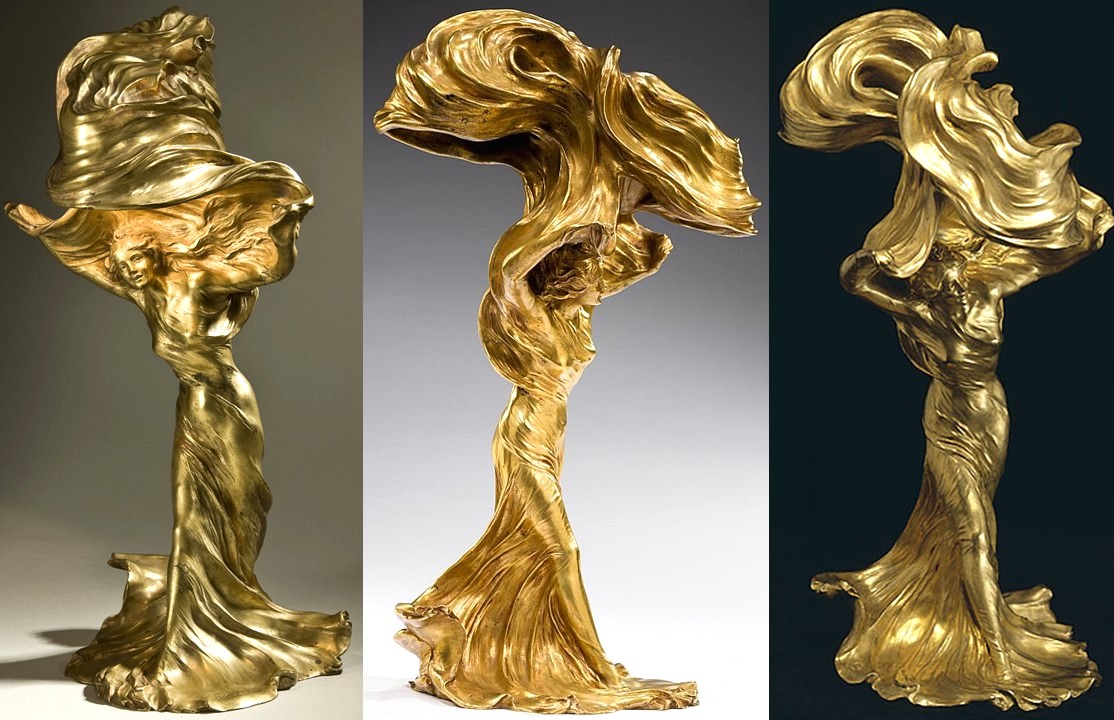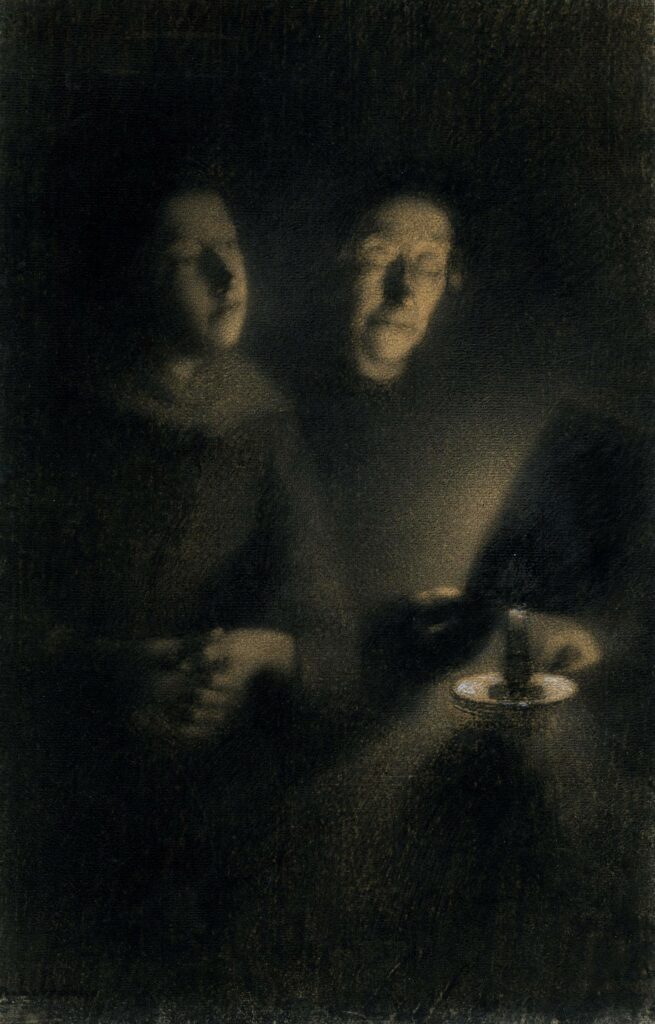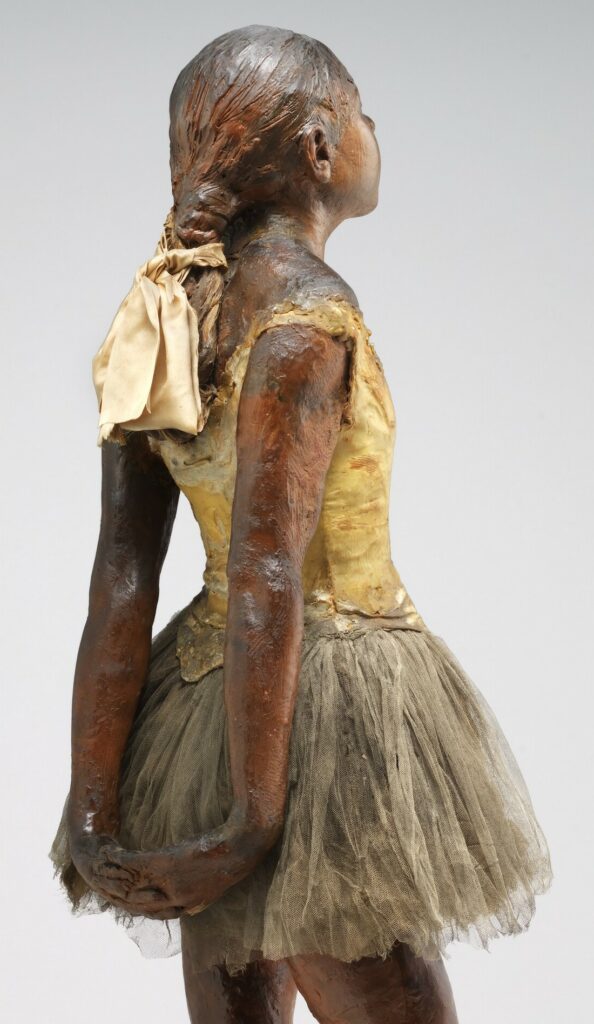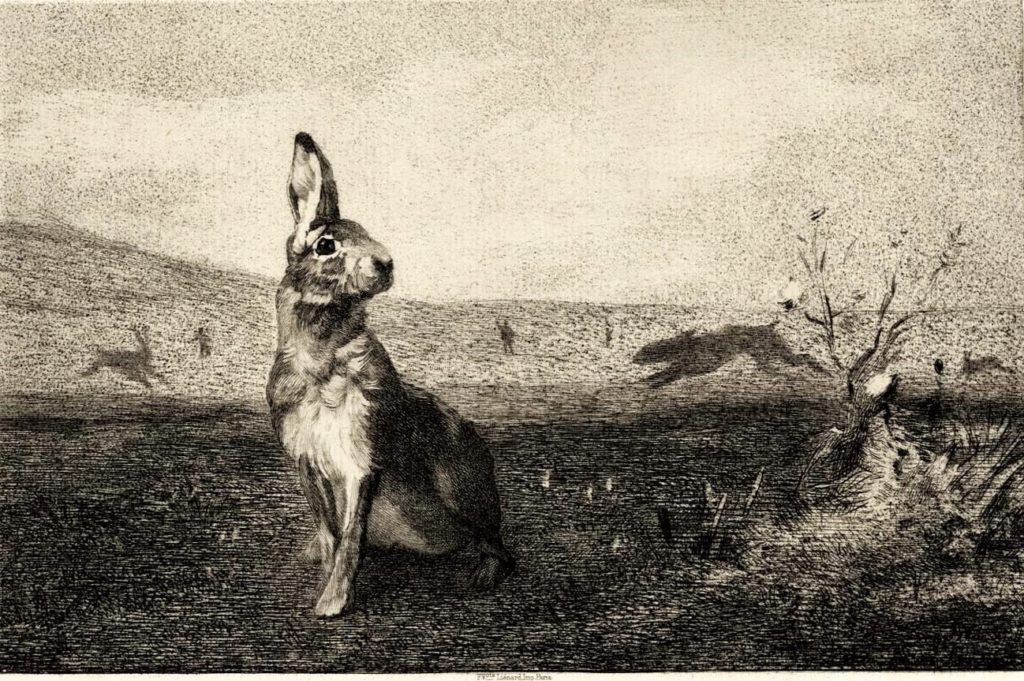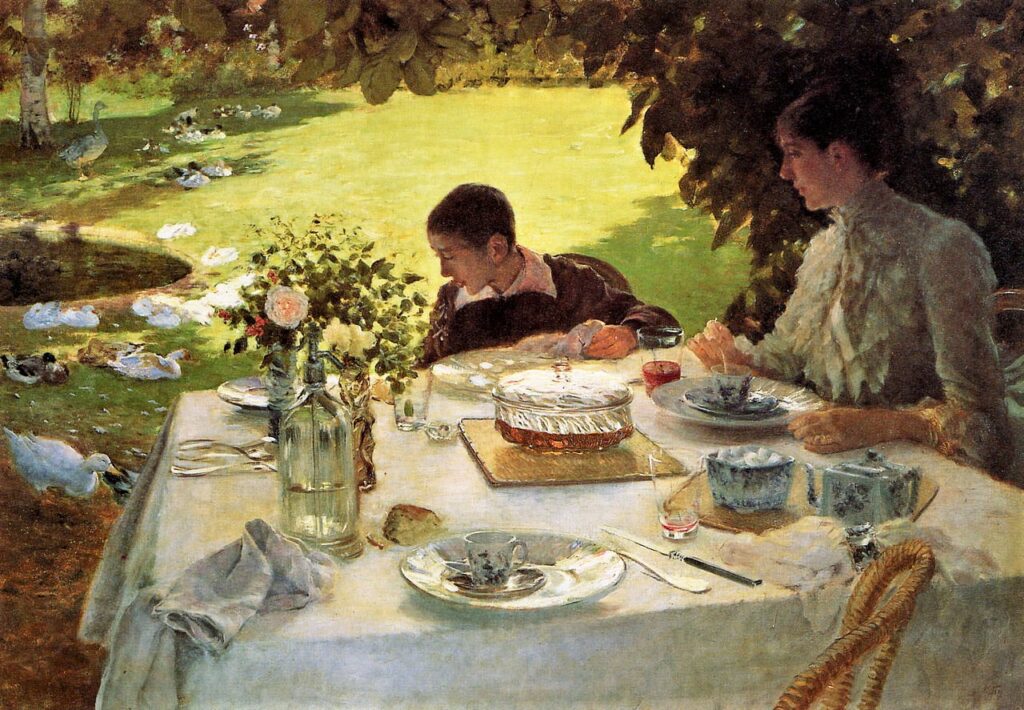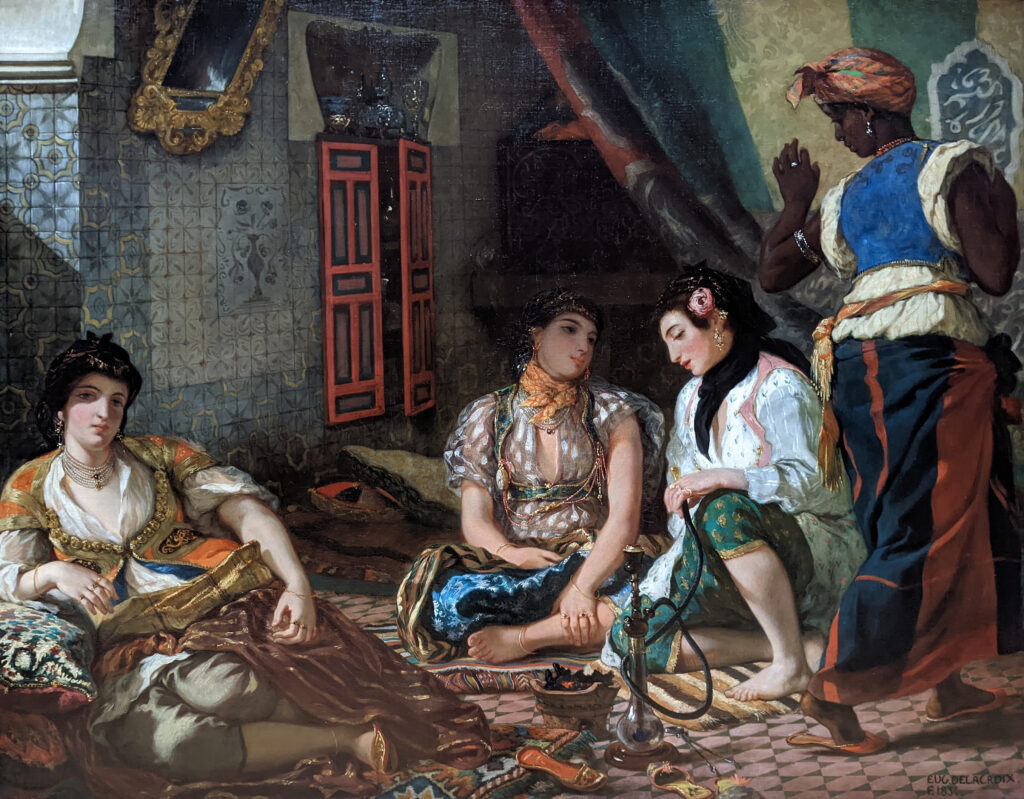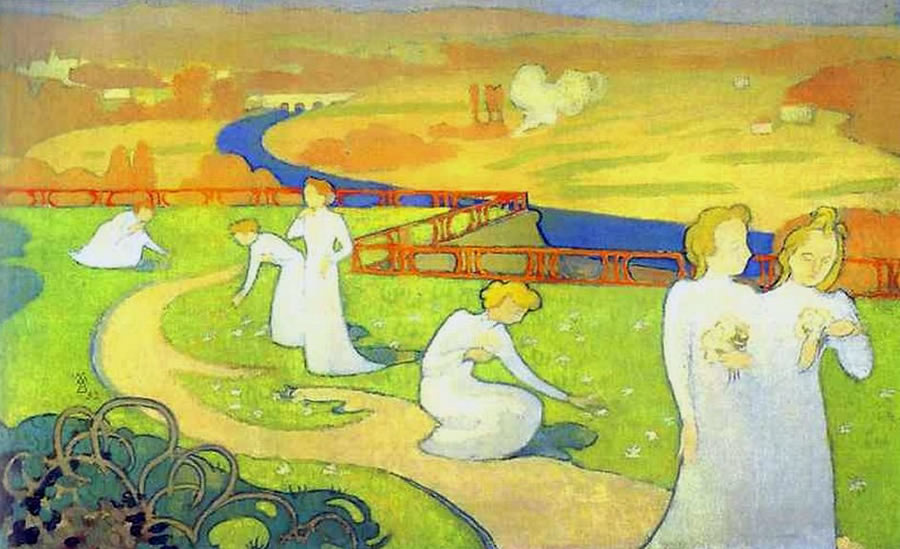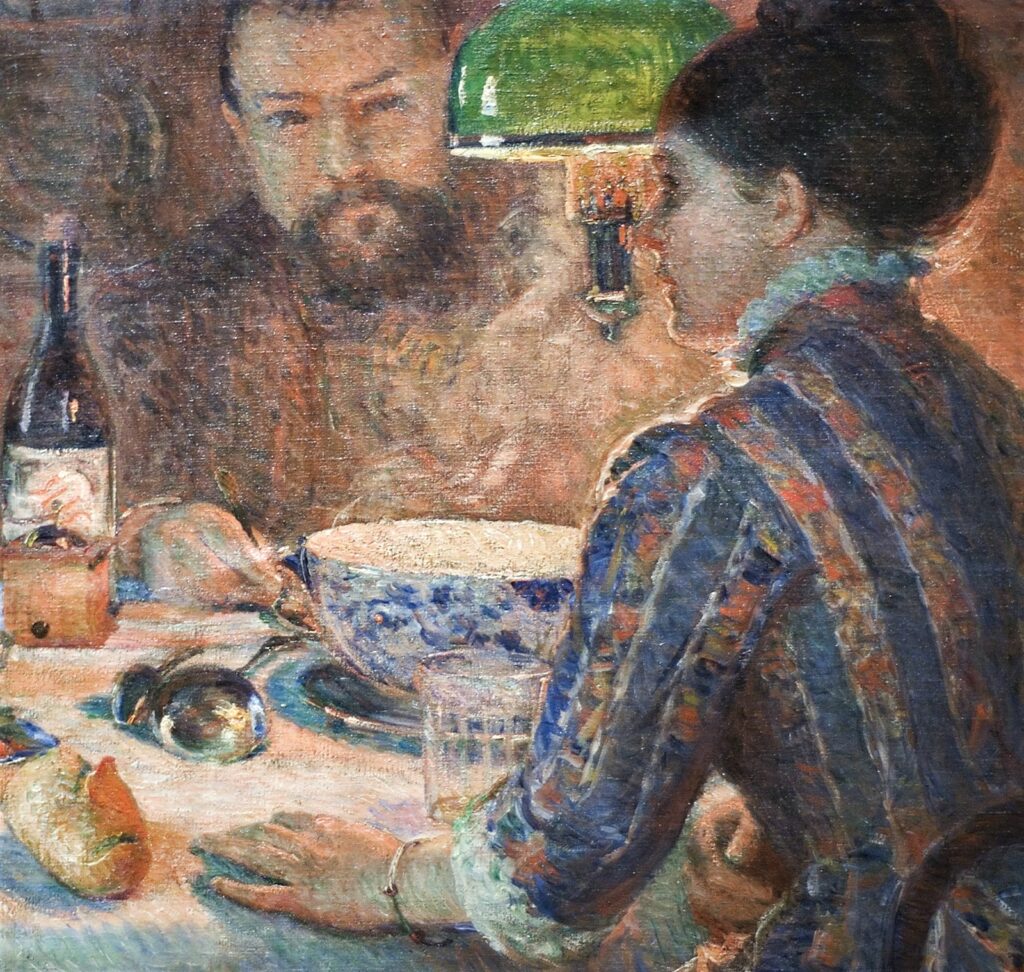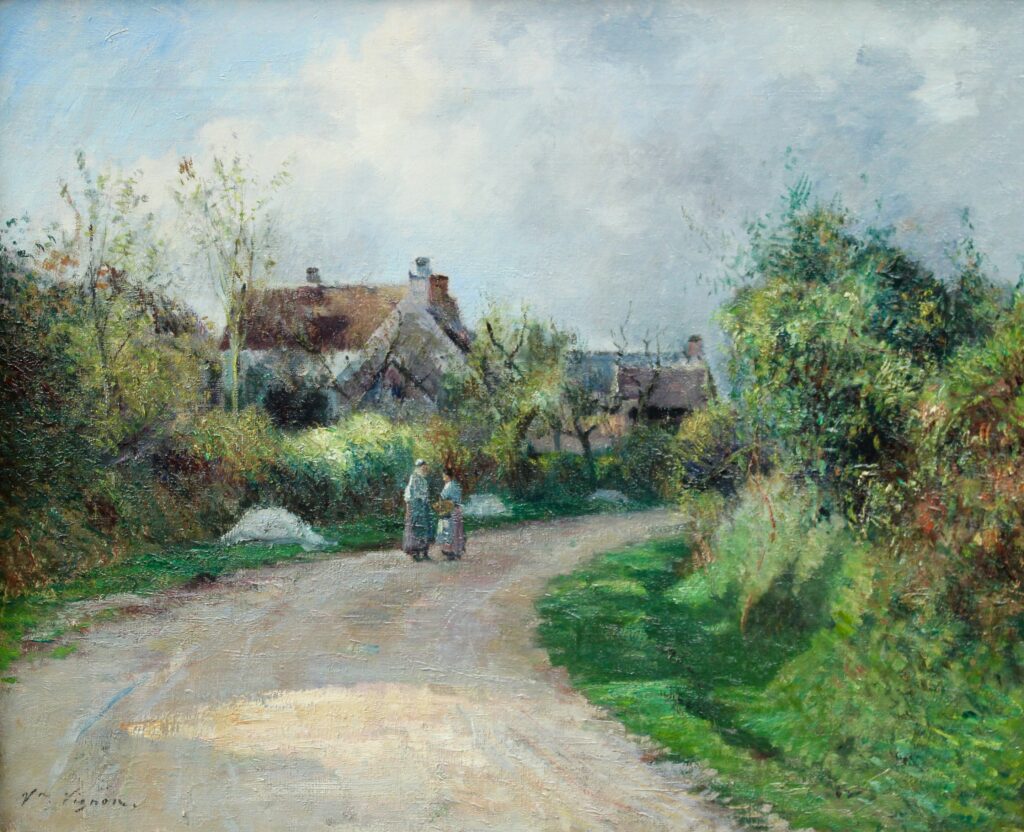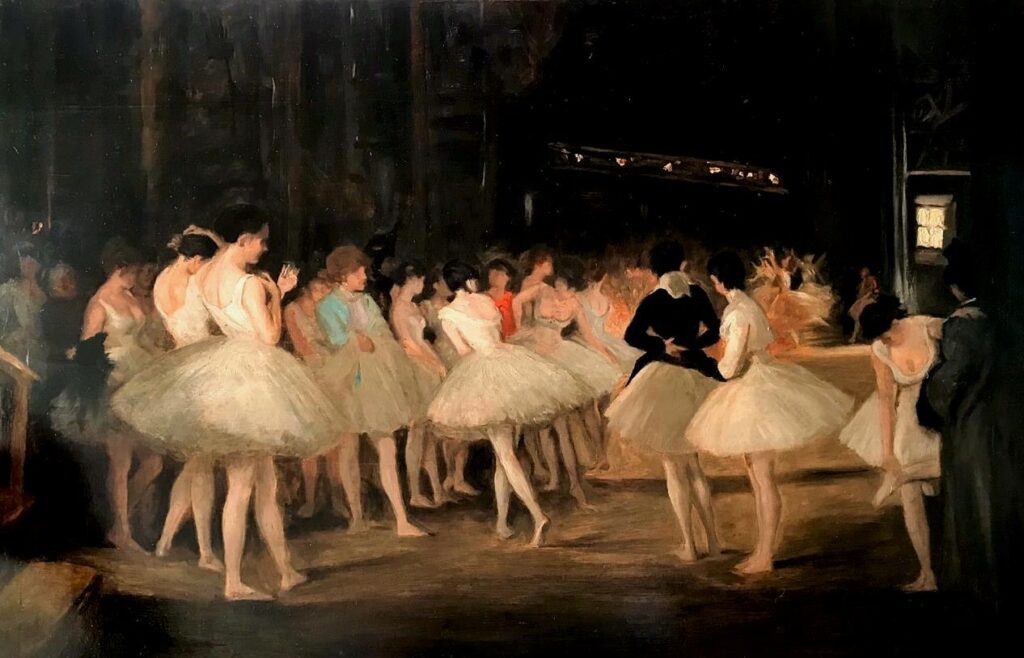Enjoy the beauty of
Impressionism
extended website with 7.000+ pictures and 650+ pages
The beauty of Impressionism:
Impressionism is known for it’s bright, vibrant colours and it’s purple shades. Key-Impressionists like Monet, Pissarro and Sisley depicted the fleeting effect of sunlight on their landscapes. Renoir and Morisot depicted their portraits with a lively brushstroke and a kaleidoscope of colours.
On this extended website on Impressionism you will find all kinds of information on the 8 ‘impressionist’ expositions and on the 57 partakers. You will find the distinction between Impressionism as a painting style and ‘impressionism’ as an art-movement. You will also find the locations where the ‘impressionists’ did paint and the themes they depicted. You will find information on the world surrounding the ‘impressionists’ (Meta-Impressionism), other expositions and related artists (including Para-Impressionists). Enjoy!
What is new?
This extended website on Impressionism renders more than 7.000 pictures and more than 650 pages (with accounted information). It is continiously improved and extended (see blog). Here you will find the latest important extension:
It is 125 years ago that the Exposition Universelle in Paris of 1900 came to an end. At the Exposition Decennale des Beaux-arts (1889-1900), french and foreign artists showed a variety of art-works at the Grand Palais. They used various styles and depicted various themes. The Exposition Centennale de l’Art Français (1800-1889) showed highly respected art-works from the last century. Here the Impressionists found their universal recognition, showing more than 10% of all the paintings exhibited. Namely Monet (14), Renoir (11), Pissarro (8) and Sisley (8) were well represented. On the page with a chronological overview of this centennial, you can discern developments in french art from 1800-89. On a seperate page you can find more background information. On these different pages you will find more than 350 pictures. Enjoy!
What was new?
Here you will find the second last important extension:
I added a page on Art Nouveau, an art-movement which was on it’s peak at the Exposition Universelle in 1900. In Germany it was called Jugendstil. It was prominent in applied art, namely in architecture, furniture, jewelry, glassware en artistic posters. Important representatives were Alphonse Mucha, Louis Comfort Tiffany, René Lalique, Hector Guimard and Émile Gallé. Typical is the use of dynamic swirling lines. One of the best examples is the gilded bronze talbe lamp of Raoul Larche, depicting the dancer Loïe Fuller performing here serpentine dance. One of the finests sculptures I know. Enjoy!
All about the 8 ‘impressionist’ expositions:
On this website you will find all sorts of information on the 8 ‘impressionist’ expositions held from 1874 – 1886 in Paris. These group expositions were independant of the Salon de Paris and were comparatively small. Camille Pissarro was the only partaker that joined all 8 expositions. Just 3 partakers joined 7 expositions: Edgar Degas, Berthe Morisot and also Henri Rouart, who is now quite forgotten.
The menu page, in the top menu, renders links to 66! pages with extended information and many pictures. You will find 8 slideshows that give an almost complete impression of the about 2053 art-works that were exhibited. You will find info on the (many unknown) partakers (see also the left or bottom menu). You will also find links to the used techniques, the 8 catalogues and background information.
What art-works were shown at the 8 ‘impressionist’ expositions?
On this website you will find 8 pages on which you can create unique slideshows of the 8 ‘impressionist’ expositions. In about 20 minutes you will receive an overall impression of each of the 8 expositions. On the pages itself you will find additional information.
Ruth Berson (1996) renders 842 small black and white pictures of art-works that were (quite) surely exhibited (R90II). Of the other art-works it is mostly unclear which were exhibited (see identification of paintings). Still, I will render as much as possible suggestions* for the about 2053 art-works that were exhibited. Many suggestions will stay very uncertain or are just to compare. But, in this way you will find an almost complete impression of the art-works that were exhibited in Paris from 1874-1886.
See also the video on this quest on my YouTube channel “enjoy.Impressionism“.
Note*: the given suggestions are continuously improved.
What techniques were used?
Most sources on Impressionism just render some famous oil paintings. The centennial exposition ’the new painting’ in 1986 was devoted principally to paintings (R2,p23). But many other techniques / media were used. See the links for overviews of the exhibited aquarelles, pastels, drawings, engravings, sculptures and fans. And also of works made with mixed techniques, with other techniques and works that can be classified as applied art. You can also find overviews of the used techniques per year: 1874, 1876, 1877, 1879, 1880, 1881, 1882 and 1886.
Who were the 57 partaking ‘impressionists’?
‘The best tribute one can pay to the memory of a talented artist is to make his work known.‘
F. C. de Syène (1879/05/01) (R90I,p243)
There were 56 partakers mentioned in the catalogues of the 8 ‘impressionist’ expositions. It is known that in 1874 Comtesse de Luchaire and in 1886 Comtesse de Rambure also exhibited outside the catalogue (=hc). This makes 56+2hc=58 partakers. But probably Comtesse de Rambure exhibited in 1876 and 1877 under the pseudonym Jacques François. So in total there were 56 + 2hc -1 = 57 partakers. In the left (or bottom) menu you will find short biographies of all these artists and in the sub-menus exhibited art-works, overviews and accounts.
Most sources on Impressionism only inform about the well known artists. Some art-critics called other partakers incapable amateur-painters or retarded Salon-painters (R90I,p19;R87,p270). Moffett, who selected and organised the 1986 centennial exposition, calls the works of Attendu, Béliard, Bureau, Cals, Colin, Cordey, Debras, Forain, Guillaumin, Lamy, Latouche, Lebourg, Lepic, Levert, Meyer, de Molins, Mulot-Durivage, Auguste and Léon Ottin, Raffaëlli, Léopold Robert, Somm, Tillot, Vidal, Vignon and others ‘inferior’ (R2,p22). Thus disqualifying 25 of the 57 partakers of the ‘impressionist’ expositions. But is this true? One goal of this website is to rehabilitate all these other partakers and to show as much pictures as possible of them, so that you can judge for yourself. See also the video on this quest on my YouTube channel “enjoy.Impressionism“.
What is Impressionism?
For a good understanding of Impressionism it is good firstly to see Impressionism as a painting style and discern it from ‘impressionism’ as a broader art-movement in France from about 1855-1900. The ‘impressionist’ expositions held from 1874-1886 in Paris were key events for this art-movement. But, when we look at the 57 partakers of these expositions we see that many didn’t paint in an impressionist painting style. Many can more be seen as Realists or as pre-impressionist landscapists. Edgar Degas, one of the most prominent organisers of the ‘impressionist’ expositions, didn’t want to be called an Impressionist. Many sources on Impressionism give ample attention to Edouard Manet. But he never joined the ‘impressionist’ expositions and only later used elements of the impressionist painting style. He played a part in this broader ‘impressionist’ art-movement, but merely is no Impressionist. See also myths on Impressionism.
A key question of this website is: were the 57 partakers of the ‘impressionist’ expositions from 1874-1886 impressionists? In the answers I will discern between Impressionism as a painting style and ‘impressionism’ as a broader art-movement. The answers on this question you will find in the left (or bottom) menu. More info on Impressionism you will find in the top menu and the sub-menus.
The Salon and other exhibitions:
A main caracteristic of the 8 ‘impressionist’ expositions was, that they were independent of the Paris Salon. The Salon was a large, yearly exhibition in Paris. Without the Paris Salon it was hard to get yourself known as painter and to sell your pictures. Many sources on Impressionism suggest that the ‘impressionists’ were mostly rejected for the Salon and that they were opposed to it. But in reality the relationship of many Impressionists with the Salon was ambivalent and they often were excepted. See also Myths on Impressionism.
Apart from the Salon and their own expositions the ‘impressionists’ could join other exhibitions. These possibilities increased namely since 1882. At the Centennial exhibition alongside the Exposition Universelle of 1900, many partakers of the ‘impressionist’ expositions found an official recognition, showing more than 10% of all the exhibited paintings.
Meta-Impressionism:
The ‘impressionists’ didn’t live on an island, so on this website on Impressionism you will also find short information about it’s surrounding world, which I call Meta-Impressionism. Here you will find info about the École des Beaux-Arts, earlier art-movements (like Neo-Classicism and Romanticism), art-dealers and other items. You will find info about the pre-impressionists who inspired the impressionist like the the Barbizon painters. There were artists who were active at the same time as the ‘impressionist’ and who used some elements of the impressionist painting style. Some were even invited to partake in the ‘impressionist’ expositions. I call these artists Para-Impressionists. It is interesting to see what were the similarities and the differences between them and the Impressionists. You will also find info on the Neo-Impressionists and the Post-Impressionists. All this info you will find in the top menu.
Sorted and accounted information and pictures:
The information on this website is accounted for and based on extended research since the summer of 2017. In the top menu in the sub menu of the home page you will find a ‘general account‘ with additional links. General reference to books are indicated as ‘R’, to internet sites as ‘iR’, to musea as ‘M’. It is recommended before you further explore this website, to first consult the page with practical hints and abbreviations and on the subscription of the pictures!!!
On this website you will find free, sorted information about Impressionism, the 8 ‘impressionist’ expositions and the ‘impressionist’ artists and the surrounding world (Meta-Impressionism). My mission is that this information and the beauty of these pictures are accessible for everyone in the world. Also for those who are not able to buy (several) books, go to museums and exhibitions and travel around the world to Paris or Washington.
What is interesting for me?
This is a large website with more than 650 pages that are interesting for many people. Namely for people who are interested in Impressionism, especially in the ‘impressionist’ expositions and in the world around it. Most pages render a combination of information and pictures.
If you are mainly interested in pictures see the webpages indicated with a painting palette 🎨; here you can also create small slide shows. Most of these pages you will find in the sub-menus.
There are also pages for people who are interested in more detailed information, such as thematical and/or topographical overviews and the accounts. On several pages you can find links to online catalogues of exhibitions and auctions. In the general references (=Rx) and the internet references (=iRx) you will also find links to online catalogues (raisonné) and books. These pages will be indicated with a magnifying glass 🔎. Most of these pages you will find in the sub-menus.
You can’t find all pages in the (sub)menus. But in the submenus of the top menu you can find pages with menus which link to other pages.
Please share pictures, information and reactions:
Many works of the (unknown) partakers of the ‘impressionist’ expositions are in private collections. Of these works there are often no pictures available or only of poor quality. If you have (better) pictures of these lesser known works, please share them with me. Of the unknown ‘impressionists’ there is also limited information available. Please share information, that is not (easy) to be found on the internet. I will use the pictures and information to complete this website. Please also share your reactions on this website. Maybe you notice some of the information is not correct or complete. Maybe you have remarks on the lay-out, the readability and workability of this website. Maybe you just want to share your reaction. For all these reactions you can use the email you will find in the general account. Thanks!
Future plans:
I have many ideas for the future to share more of the beauty of Impressionism:
- Find more and better suggestions for the about than 2053 art-works that were shown at the 8 ‘impressionist’ expositions.
- Make thematical overviews of the art-works of the unknown partakers of the 8 ‘impressionist’ expositions of whom I can find less than 100 pictures. And then linking these pictures to the titles that are known (from exhibitions, auctions, books, etc). See for example Astruc and Cordey.
- Make a historical reconstruction of the international “impressionist” exhibitions held from 1882-1914.
What artists were presented as “impressionists”? What art-works were exhibited? - Give an impression what art-works were exhibited (also by other artists) at the Salon, at its successor the Salon de la Société des Artistes-Français, at the Expositions Universelle, the Salon des Indépendants and other exhibitions.
- Add on my YouTube channel “enjoy Impressionism” short educational video’s about the 8 ‘impressionist’ expositions, that render new impressions of Impressionism.
- Creating pages with pictures that show which themes the ‘impressionists’ did depict.
- Creating pages with pictures that depict the locations where the ‘impressionists’ did paint.
- Uploading pictures of the ‘impressionists’ to Google-maps on the exact location of where they were painted.
- Establish a foundation in which to house all these activities.
- I plan to finish this website in 2036 when it is 150 years ago that the latest ‘impressionist’ exposition was held.
Start enjoying !
Recommanded citation: “Enjoy (the beauty of) Impressionism: home page of an extended website. Last modified 2025/11/18. https://www.impressionism.nl/.”

